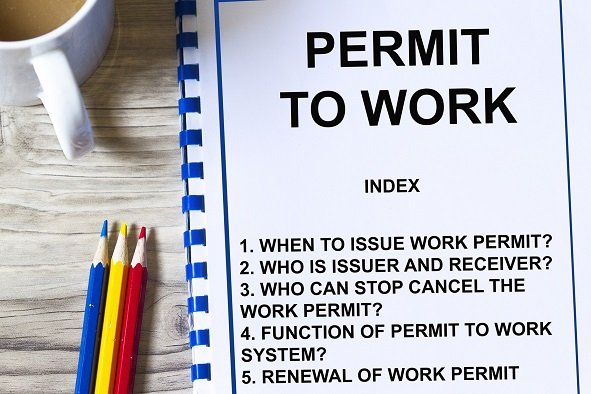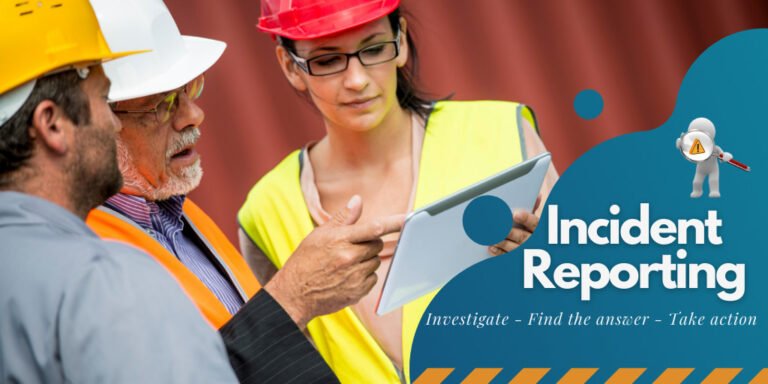Evacuation Drill and Assembly Procedures – 12 Modules | One Day USD: 150/- and Two Day USD: 250/- Per Pax.
Description
Module 1: Introduction to Evacuation Procedures
- Importance of evacuation drills for workplace safety
- Types of emergencies requiring evacuation (fire, chemical, natural disasters)
- Regulatory requirements and standards
Module 2: Roles and Responsibilities
- Duties of management, supervisors, and employees
- Evacuation wardens and assembly point coordinators
- Reporting hazards and unsafe practices
Module 3: Hazard Identification
- Recognizing fire, chemical, and other emergency hazards
- Identifying high-risk areas and bottlenecks
- Early warning and detection systems
Module 4: Emergency Planning
- Developing site-specific evacuation plans
- Evacuation routes, exits, and alternate pathways
- Muster points and assembly areas
Module 5: Evacuation Drill Planning
- Scheduling drills and notifying personnel
- Scenario-based drill planning
- Coordination with emergency response teams
Module 6: Evacuation Execution
- Safe and orderly movement of personnel
- Assisting vulnerable persons and individuals with disabilities
- Maintaining calm and minimizing panic
Module 7: Communication During Evacuation
- Alarm systems, public address, and warning signals
- Hand signals and radio communication
- Ensuring information reaches all employees
Module 8: Assembly Point Procedures
- Proper headcount and accountability
- Emergency equipment and first aid stations
- Maintaining safety at assembly points
Module 9: Personal Protective Equipment (PPE) During Evacuation
- Role of PPE in emergency situations
- Ensuring proper use and availability
- Special PPE for chemical or hazardous emergencies
Module 10: Emergency Response Coordination
- Coordination with fire, medical, and emergency services
- Reporting incidents and status updates
- Roles of ERT and evacuation wardens
Module 11: Drill Evaluation and Feedback
- Assessing drill effectiveness
- Identifying gaps and areas for improvement
- Employee feedback and reporting near misses
Module 12: Continuous Improvement and Safety Culture
- Updating evacuation procedures based on lessons learned
- Regular refresher drills and training
- Promoting a proactive safety and preparedness culture
View more Courses
Hi, Welcome back!




